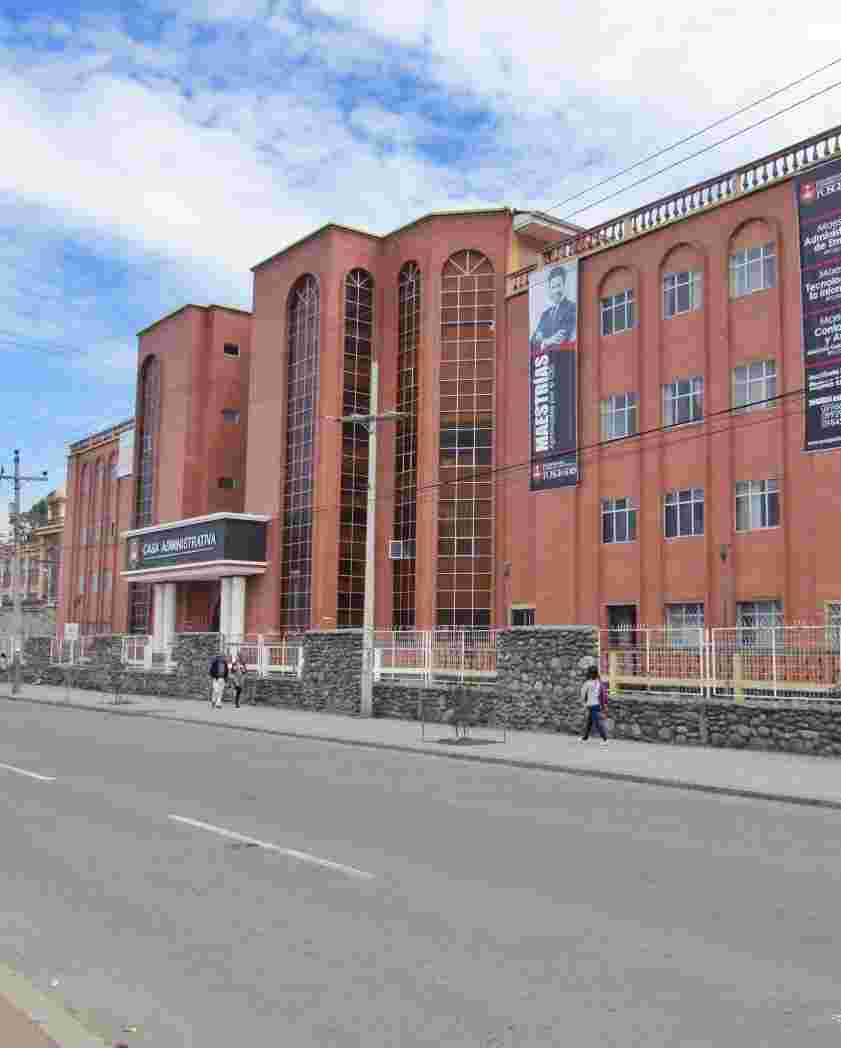Análisis in vitro de la calidad del polen de diez ecotipos de chirimoyo (annona cherimola mill).
Cargando...
Fecha
Título de la revista
ISSN de la revista
Título del volumen
Editor
Universidad Católica de Cuenca.
Resumen
Cherimoya (Annona cherimola Mill) has low production, originated by several factors, among them, low index of pollinating agents, frequent alternation of the floral cycles, the flowers present a closed structure, little noticeable to insects and a marked type of protogynous dichogamy. Exporting countries of this fruit, such as Spain, Chile, Peru and others, see the use of manual pollination as an alternative production, although in many cases this technique shows inefficient results in fruit set and fruit development, being necessary to investigate the possible existence of other factors that limit production, including the source and quality of the pollen used. In this study, the pollen quality of ten ecotypes of cherimoya existing in the ex-situ collection of the Austro Experimental Station of the National Autonomous Institute of Agricultural Research (INIAP), located in the canton Gualaceo, was determined in vitro. The pollen was carried to the Phytopathology Laboratory of the Agronomic Engineering Career of the Catholic University of Cuenca for evaluation. The culture medium used for pollen sowing contained 10% sucrose, 1% agar, 50 ppm boric acid and 625 mg / l calcium nitrate. The percentage of germination, length of the pollen tube at 2, 4, 8 and 24 hours in three phenological stages and the shape and size of the pollen grain were evaluated. The completely random design was used in factorial arrangement 10 ecotypes x 4 times x 3 phenological stages with four repetitions. For the statistical analysis, the variance analysis and Tukey's test 5% to mean separation were applied using the InfoStat software. In conclusion, the highest percentage of germination presented the Fino de Jete ecotype at 24 h, and the highest pollen tube length reached the Austro ecotype in the same period of time; in addition, the pollen must be collected in male phenological stage due to the greater pollen tube length.
Key words: Annona cherimola, phenological stages, pollen germination, pollen growth tube.
Descripción
El chirimoyo (Annona cherimola Mill) tiene baja producción, originada por varios factores, entre ellos, bajo índice de agentes polinizadores, alternancia frecuente de los ciclos florales, las flores presentan una estructura cerrada, poco llamativa a los insectos y una marcada dicogamia de tipo protogínica. Países exportadores de esta fruta como España, Chile, Perú y otros, ven como alternativa de producción el uso de la polinización manual, aunque en muchos casos esta técnica muestra resultados ineficientes en el cuajado y desarrollo de frutos, siendo necesario investigar la posible existencia de otros factores que limitan la producción, entre ellos, la fuente y calidad del polen utilizado. En este estudio, se determinó in vitro la calidad del polen de diez Ecotipos de chirimoyo existentes en la colección ex-situ de la Estación Experimental del Austro del Instituto Nacional Autónomo de Investigaciones Agropecuarias (INIAP), ubicada en el cantón Gualaceo. El polen se llevó al laboratorio de Fitopatología de la Carrera de Ingeniería Agronómica de la Universidad Católica de Cuenca para su evaluación. El medio de cultivo utilizado para la siembra de polen fue sacarosa al 10%, agar al 1 %, ácido bórico 50 ppm y nitrato de calcio 625 mg/l. Se evaluó el porcentaje de germinación, longitud del tubo polínico a las 2, 4, 8 y 24 horas en tres estados fenológicos y la forma y tamaño del grano de polen. Se utilizó el diseño completamente al azar en arreglo factorial 10 ecotipos x 4 tiempos x 3 estados fenológicos con cuatro repeticiones. Para el análisis estadístico se aplicó el análisis de varianza y la prueba de separación de medias de Tukey al 5% utilizando el software InfoStat. En conclusión, el mayor porcentaje de germinación presentó el ecotipo Fino de Jete a las 24 h, y el mayor desarrollo del tubo polínico alcanzó el ecotipo Austro en el mismo periodo de tiempo; además, el polen debe recolectarse en estado fenológico macho por presentar una mayor longitud del tubo polínico.
Palabras clave: Annona cherimola, estados fenológicos, germinación del polen, crecimiento del tubo polínico.
Palabras clave
ANNONA CHERIMOLA, ESTADOS FENOLÓGICOS, GERMINACIÓN DEL POLEN, CRECIMIENTO DEL TUBO POLÍNICO
Citación
APA




